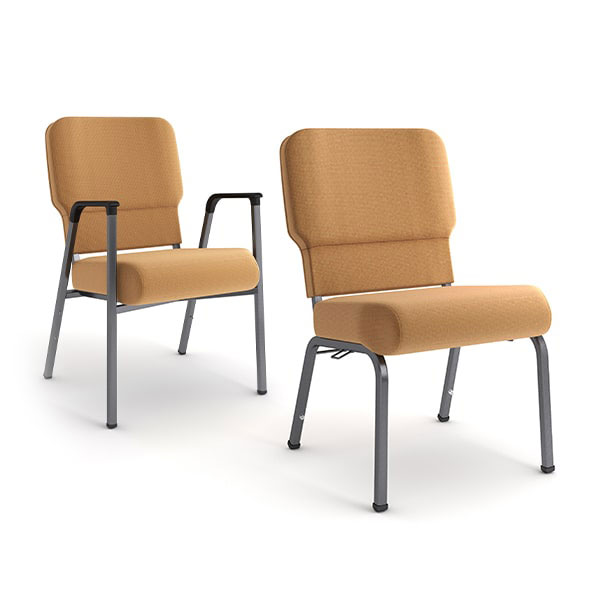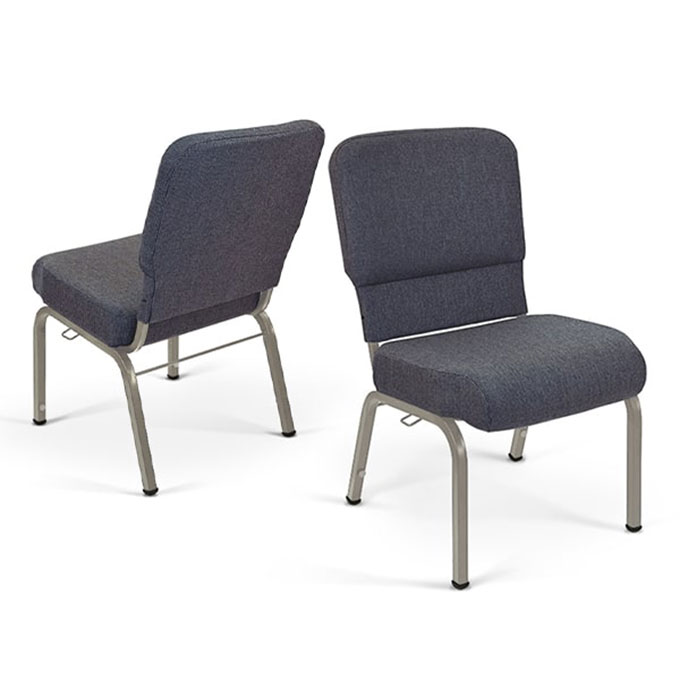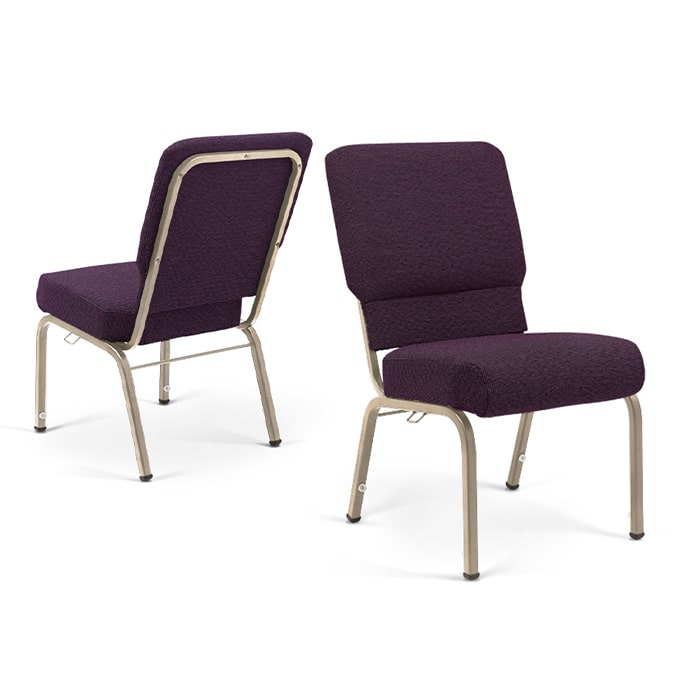As churches, our primary calling is to serve and love all people, regardless of their backgrounds, abilities, or circumstances. However, creating truly inclusive environments requires more than just an open-door policy. It involves intentional efforts to foster accessibility—both physical and emotional—so that every member, visitor, and attendee feels welcomed, valued, and safe.
In this post, we’ll explore some practical ways church administrators and pastors can make their churches more inclusive, focusing on the physical aspects of accessibility as well as emotional safety and cultivating a non-toxic church culture.

Physical Accessibility: Making Your Church Welcoming for Everyone
In a truly inclusive church, no one should feel that the physical space is a barrier to worship or participation. Here are several key changes that can improve accessibility in your church.
Handicapped-Accessible Seating
Churches need to offer accessible seating options for individuals who are using walkers, canes, wheelchairs, or other mobility aids. Ensure that there are spaces designated for wheelchairs or other mobility devices, especially in areas where the congregation typically gathers (such as the sanctuary or fellowship hall). These spaces should not just be an afterthought but should be integrated into the design in a way that allows people with disabilities to feel a part of the congregation rather than set apart. Using Bertolini Chairs in your church sanctuary makes it easy to accommodate individuals with disabilities. Simply add or subtract chairs as needed to make space for wheelchairs.

Wide Church Aisles and Doorways
Consider the width of your aisles and doorways. A simple renovation, such as widening the aisles and entryways, can make a world of difference for someone in a wheelchair or using a walker. Make sure there is enough space for individuals to move through comfortably, without needing to squeeze past other attendees or furniture. Sedie da chiesa Bertolini are stackable and lightweight, making them easy to move around. Rows of Bertolini Chairs can be added, removed, and repositioned easily so that there is plenty of clearance space for churchgoers with disabilities.
Accessible Entrances
While most churches have at least one accessible entrance with a ramp, it’s essential to ensure that this is clearly marked and easy to access. If the main entrance of your church isn’t wheelchair accessible, consider creating an alternative entrance that is. It’s also important to check the condition of ramps and side rails and ensure they are sturdy and free from obstructions.
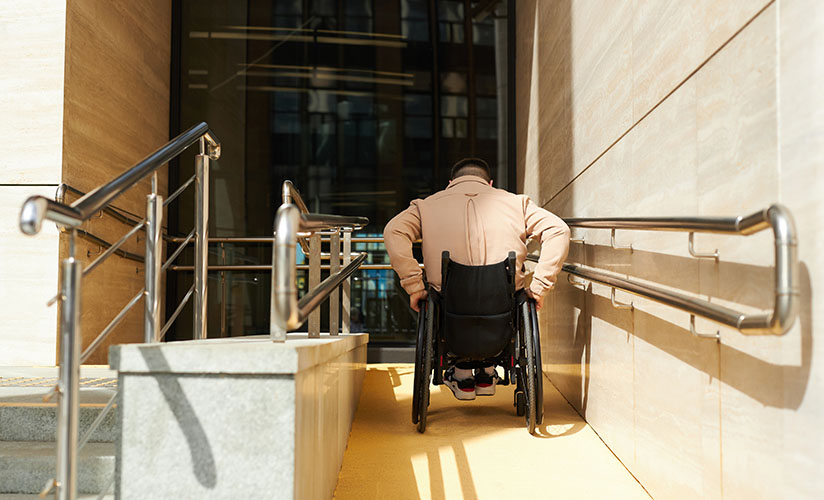
Restrooms and Facilities
Accessible restrooms are another important element needed for churches to be inclusive of people with disabilities. Check that your church bathrooms have the proper support structures (e.g., grab bars) and are large enough to accommodate mobility devices like wheelchairs or walkers. If space allows, consider having family restrooms available as well, which can be helpful for parents with children or caretakers. Restroom signs can be added in braille to assist people who are visually impaired.
Parking Spaces
Ensure there are designated handicapped parking spaces close to the entrance of the church. Ideally, there should be enough space to accommodate multiple vehicles, especially during larger events or services. These spaces should be clearly marked and free from obstruction.
Captions & Sign Language Interpreters
According to a recent publication by the National Institute of Health, 14% of adults (aged 20-69) in America report some form of hearing loss, and that percentage increases with age.1 By the time Americans reach the age of 75 or older, almost half will have age-related hearing loss.2 From a practical standpoint, what this means for churches is that there are many people in the congregation who could benefit from assistive technologies.
You can make your church message available to individuals with hearing loss by having an ASL Interpreter signing for the audience, although this will not be helpful to those with age-related hearing loss who have not learned sign language. Large churches with live broadcasts can turn on AI-generated captioning. Another popular way of helping individuals with hearing loss is to install a closed-circuit system (a hearing loop system), which delivers sound from the microphone directly to hearing aids in the audience. Another option you can suggest is having congregants use a live speech-to-text app.
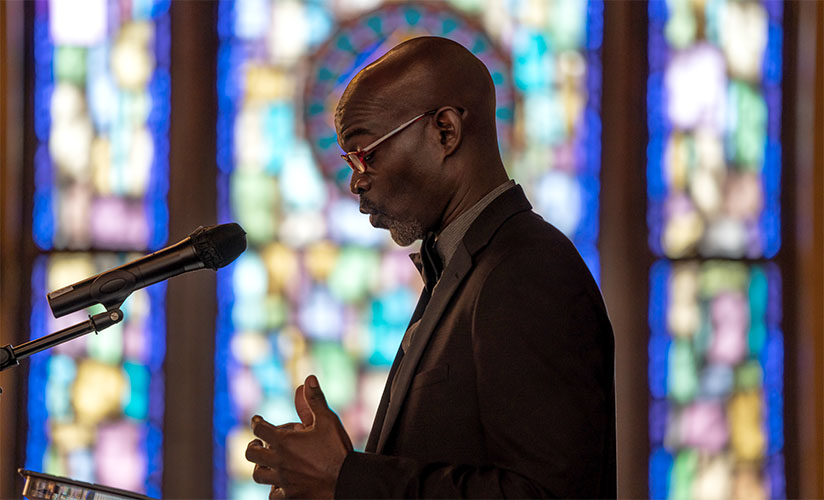
Churches are notoriously difficult environments for those with hearing loss. Traditional churches have wooden benches and high ceilings, which causes sound to bounce around the room and become distorted. Adding acoustic panels, carpeting, and Bertolini Church Chairs can go a long way in helping improve the acoustics of a chapel or meeting room.
Emotional Safety: Creating a Safe and Welcoming Atmosphere
While physical accessibility is essential, emotional safety within the church is equally important. Creating an environment where people feel emotionally secure and supported can significantly impact the inclusivity of your congregation.
Fostering a Non-Judgmental Atmosphere
Everyone who walks through your doors should feel like they are accepted for who they are, no matter their background, past experiences, or struggles. A key part of emotional inclusivity is making sure that people are not judged or stigmatized. For churches to be safe spaces, pastors, leaders, and volunteers must model a posture of empathy, kindness, and unconditional love. Encourage your congregation to do the same.
Creating Support Groups and Ministries for Diverse Needs
A truly inclusive church doesn’t only provide a space for worship, but also for community. This can involve creating small groups, support ministries, or counseling services for those who are navigating specific life challenges—whether it be grief, mental health struggles, financial difficulties, or experiences of abuse. These ministries help individuals feel heard and valued, knowing that the church is a place where they can heal and grow.

Training Staff and Volunteers in Inclusivity
In order for your church to be emotionally safe, leaders, staff, and volunteers must be trained to recognize and address harmful behaviors, such as exclusion, judgment, or discrimination. Encourage your church leadership to participate in workshops or training about inclusivity, anti-racism, mental health awareness, and trauma-informed care. Make sure that your team understands how to respond compassionately and appropriately to all people, including those who may feel marginalized.
Cultivating a Non-Toxic Church Culture
One of the most powerful ways a church can be truly inclusive is by fostering a healthy, non-toxic culture. Toxic church cultures can unintentionally alienate members and push people away. Here are some steps to create a more positive, inclusive environment.
Clear Communication and Boundaries
Encourage open communication and transparency at every level of the church. Ensure that the leadership team communicates clearly about church policies, values, and expectations. Set healthy boundaries to avoid burnout, favoritism, or manipulation within the congregation.
Promote a Culture of Respect
Make sure all members of the church community feel valued and respected—regardless of age, gender, race, or socioeconomic status. This means actively dismantling systems of hierarchy or elitism and celebrating the unique contributions that each individual brings to the church.
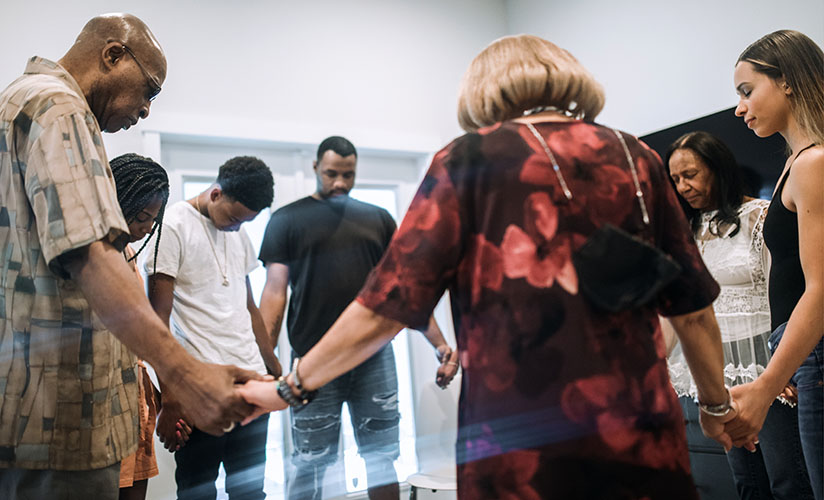
Addressing Conflict with Grace
Conflicts will inevitably arise, but how your church handles them can make all the difference. A non-toxic culture is one where disagreements are addressed with grace, humility, and a willingness to listen and understand. Encourage forgiveness and reconciliation rather than allowing bitterness or division to fester.
Pastoral Care and Accountability
Make sure that your church leadership holds itself accountable for the well-being of its members. Pastoral care should be compassionate and consistent, offering guidance when needed, but also protecting individuals from abuse or toxic dynamics. Regular check-ins with congregants can help ensure that people are not slipping through the cracks, feeling unnoticed or unsupported.
Eliminate Gossip
Gossip is one of the biggest evils that church congregations face. When a church community stands up for each other, it is something wonderful to see. But when churchgoers feel gossiped about, they will do one of three things: turn to retaliatory gossip, suffer quietly, or step back from the church community. Stepping back might mean lowered participation in church activities, decreased donations, or decreased church attendance. Leaders can help snuff out gossip by modeling a kind, loving attitude toward others and assuming that others have good intentions. Leaders can also help by discussing the evils of gossip and slander, which can be readily backed up with scripture references.

Conclusion: Make Your Church a Church for Everyone
Creating an inclusive church is not a one-time effort but an ongoing commitment to improving and evolving. Whether it’s ensuring that physical spaces are accessible to all, making sure your church culture is emotionally safe, or fostering an environment of respect and grace, every step you take toward inclusivity will help your church better reflect the heart of God—who loves and values every person.
As pastors and church administrators, you have the power to lead the charge in building a church that truly represents your doctrine. A church where everyone, regardless of their background, ability, or circumstances, feels like they belong. Let’s take intentional steps today to ensure that our churches are not just accessible in form but are truly safe and welcoming in spirit.
Wondering Where to Start?
If you’re ready to start making your church more inclusive, begin by taking a walk through your facility with a fresh set of eyes. Where might improvements be made? Consider talking with your congregation, especially those who may be more marginalized, to get their feedback. Creating an inclusive church is a journey that starts with a single step but has a lasting impact for everyone in your church community.
If you’d like to start by making your church sanctuary more handicapped accessible by switching from pews to chairs, talk to a sales agent about Bertolini Church Chairs.
Make the switch from pews and talk to a Sales Rep today!
Sources
- National Institute on Deafness and Other Communication Disorders, NIH. “Quick Statistics About Hearing, Balance, & Dizziness,” September 20, 2024. https://www.nidcd.nih.gov/health/statistics/quick-statistics-hearing

